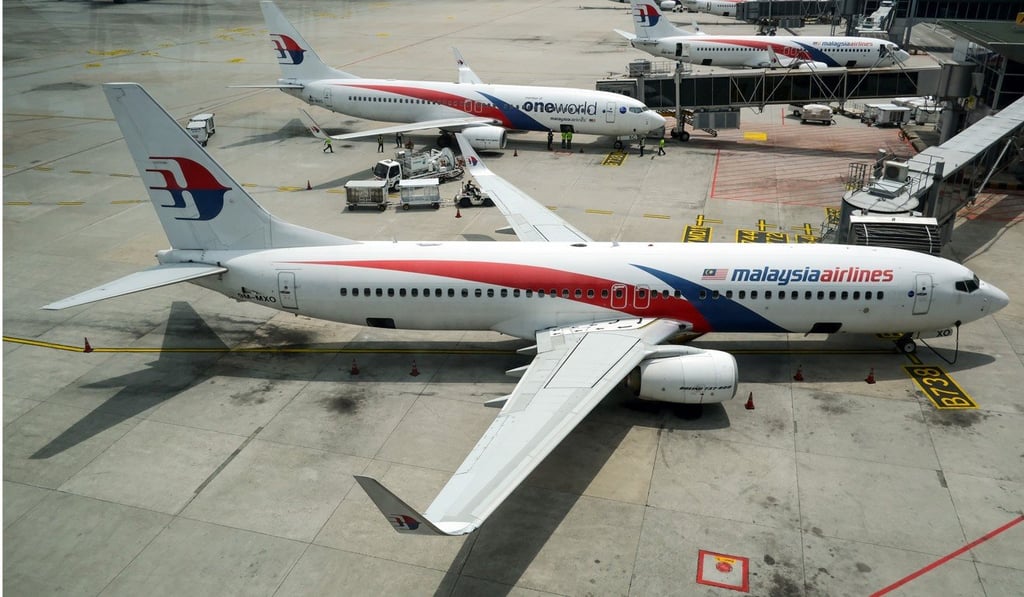Is Malaysia Airlines worth saving? CEO offers plan for Mahathir to avoid painful shutdown
- Chief executive Izham Ismail says proposal to turn around ailing carrier to be submitted for approval to sole shareholder Khazanah Nasional Berhad
- But he concedes that reversing the decline will be ‘super tough’ after years of losses

The future of loss-making Malaysia Airlines hinges on whether its state-controlled owner agrees to the firm’s strategy of remaining a full-service airline while at the same time trying to claw back market share from fast-growing low-cost carriers, chief executive Izham Ismail says.
Khazanah’s board is expected to discuss the plan between mid-June and early July.
Speaking on the sidelines of an annual conference for the International Air Transport Association, Izham also said he wanted to secure business partners who were sympathetic to the challenges ahead and who could help transform company culture.

Last week once-bankrupt Japan Airlines signed an agreement with the ailing Malaysian firm to operate joint flights between the two countries, and on Sunday its president indicated his carrier could go further by acquiring equity.
